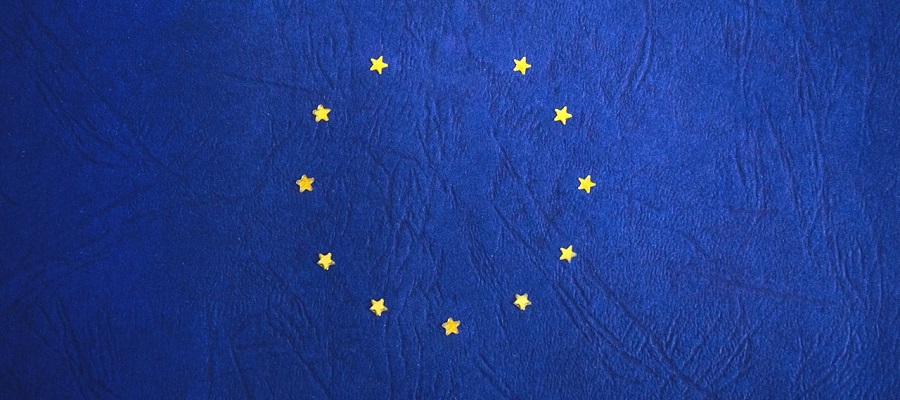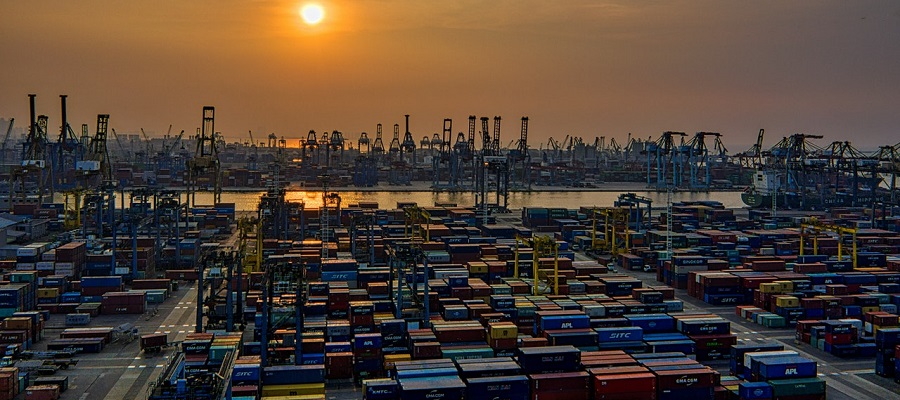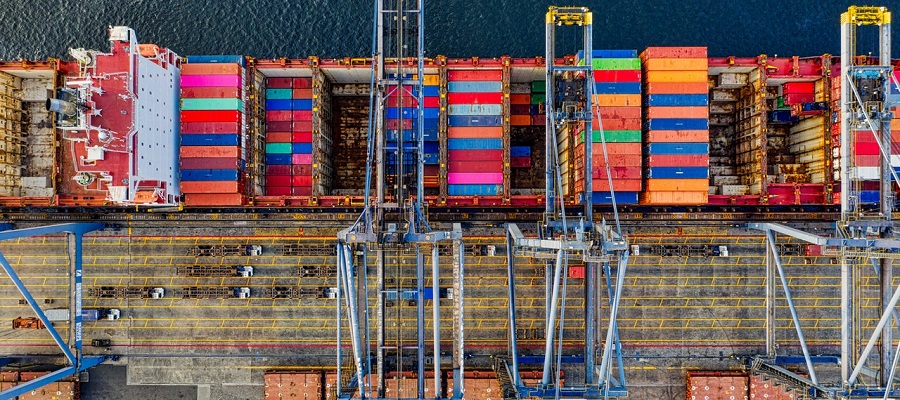The agricultural sector has undergone a huge transformation, in the early ages people practiced agriculture primarily to maintain themselves at the minimum level, today, agriculture is rapidly turning into a technology and market-oriented sector. The buyers and the sellers of the agricultural commodities engage in buying and selling of their products online, that’s why we at Foodporty provide you with the most reliable online platform, we offer negotiations deals, advanced online technology, and most importantly security to all our users.
In this article, we will analyze the importation of agricultural products to the European market online, we will also highlight some of the reasons why Europe is the best place to import agricultural products, we will further look at some of the agricultural products to import to Europe and finally touch on some of the conditions and requirements which agricultural exporters need to consider before importing to Europe online.

Image source pexel.com
Europe
Europe is the second smallest world’s continent, it is located in the Northern hemisphere and Eastern hemisphere. It shares the continental landmass of Afro-Eurasia with both Asia and Africa. Europe is bordered by the Arctic Ocean to the North and the Atlantic Ocean to the West. It covers 10 million square kilometers of the earth’s surface. Europe is divided politically into fifty sovereign states, Russia being the largest and Vatican City being the smallest. According to one of the reports by world population review, the European population is currently approximately 738 million people which accounts for 11% of the world’s population. 27 of the European countries are member states of the European Union better known as the EU.
The European Union is one of the largest trade blocks in the world. One of the reports from the economist indicates that the European Union is the biggest import market in the world. It allows its citizen the right to move, trade, and reside within its member countries.
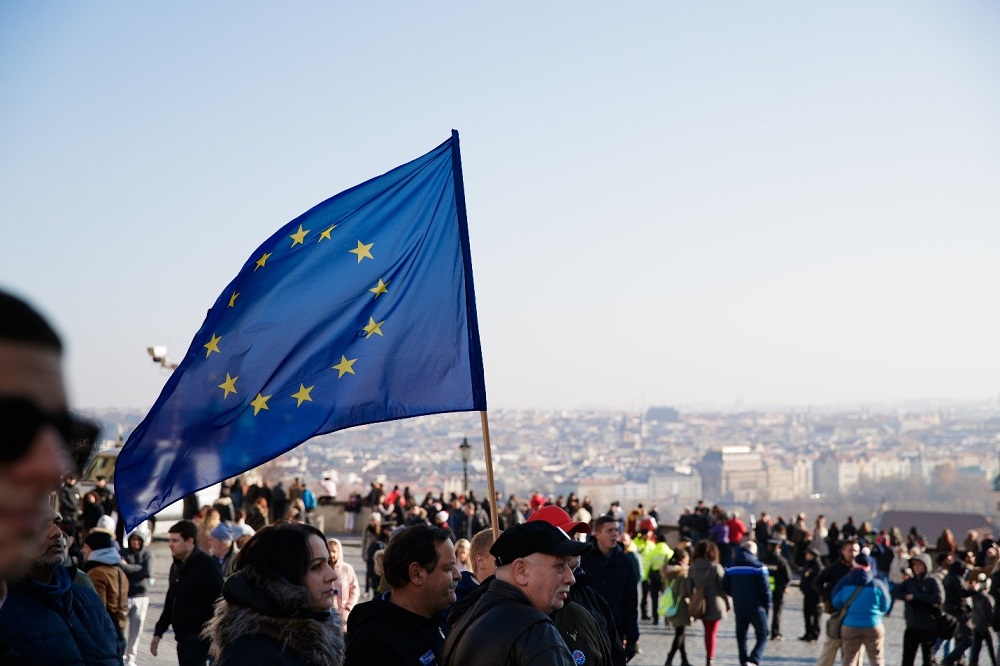
People holding European union flag, Image source pexel.com
TOP AGRICULTURAL COMMODITIES TO IMPORT TO EUROPE.
French beans
French beans are among the most widely grown vegetable in Europe. Spain, the Netherlands, the United Kingdom, French, Italy, and Belgium are among the top European nations producing French beans. In most parts of Europe, the production of French beans lasts from June to September, it is only during this period that the importation of French beans decreases, after this season, European markets present an opportunity to other French beans producing countries across the world to import their products. Kenya has been the number one exporter of French beans to European markets. The other countries that ship French beans to Europe include; Egypt, Morocco, Senegal, Mexico, and the USA.
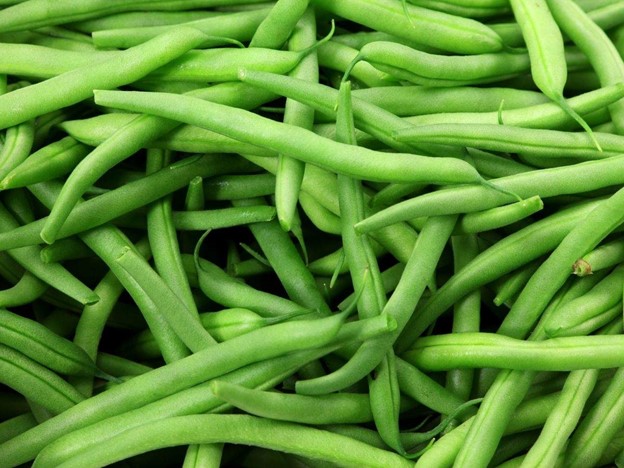
French beans sold online on foodporty.com Image source pexel.com
Soybeans
From our previous article (import of agricultural products to China Online) Soybean is one of the most imported agricultural products to China. Soybeans also top the list of most imported agricultural products to Europe. The European nations mostly depend on soybeans as a feed source to produce livestock feeds, it is also widely used in oil extraction. Furthermore, Soybean is a food and it is very good for human consumption since it contains a lot of proteins. Lastly, soybeans are used in industries to make products such as plastics, cleaners, and paints. The demand for Soybean in the European markets is so high and the only way to meet this demand is to import from other countries.
Tea.
Green tea and herbal teas are gaining popularity in most of the European markets, this can be attributed mainly to their perceived health benefits. Ireland, Poland, Netherlands and United Kingdom are among the highest tea-consuming countries according to the 2016 report by Statista.
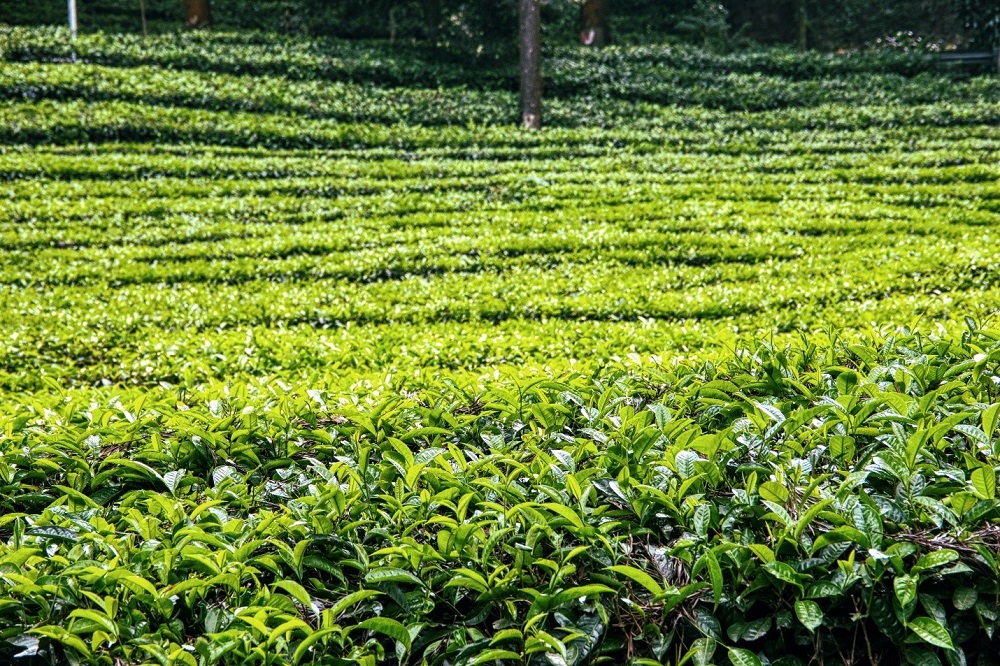
Tea plantation, Image source pexel.com
To meet the ever-rising demand for tea, most European markets depend on imports from tea-producing countries across the world. Kenya, India, China,
Sri Lanka, and Malawi are the main tea suppliers to European markets. Germany and the United Kingdom are the main European countries producing tea.
Fruits and vegetables.
Europe has presented a large and most stable market for fresh fruits and vegetables to the exporters. With a population of over 500 million people, the European market is stable and mature. Strawberries, apples, plums, oranges, and table grapes are among the top fruits to import to Europe.

Fresh fruits and vegetables sold online on foodporty.com Image source pexel.com
WHY EUROPE IS THE BEST MARKET FOR AGRICULTURAL PRODUCTS.
High demand for quality fresh agricultural products
With more than 738 million people and over 40 nations, the demand for fresh agricultural commodities is very high in Europe. The high amount of disposable income also contributes to the huge demand for agricultural products in Europe.
Climate change
Over the last decade, extreme drought has struck most parts of the world. Many farmers in European countries particularly have faced a climate-change-related problem, in Southern Spain for example the desert is expanding rapidly. Drought distracts the normal agricultural activities, it hinders food production, causes inadequate water supply, and at times might lead to a wildfire. Farmers in Belgium, Britain, Netherlands, and Poland are sometimes distracted by the hottest summers. This affects the proper yielding of fresh agricultural products. To meet the high European demand, imports of agricultural products are the only option.
The disappearing of farmlands in Europe due to the industrial developments, good transport network, and availability of aids of trade makes Europe the best target to import agricultural products online.
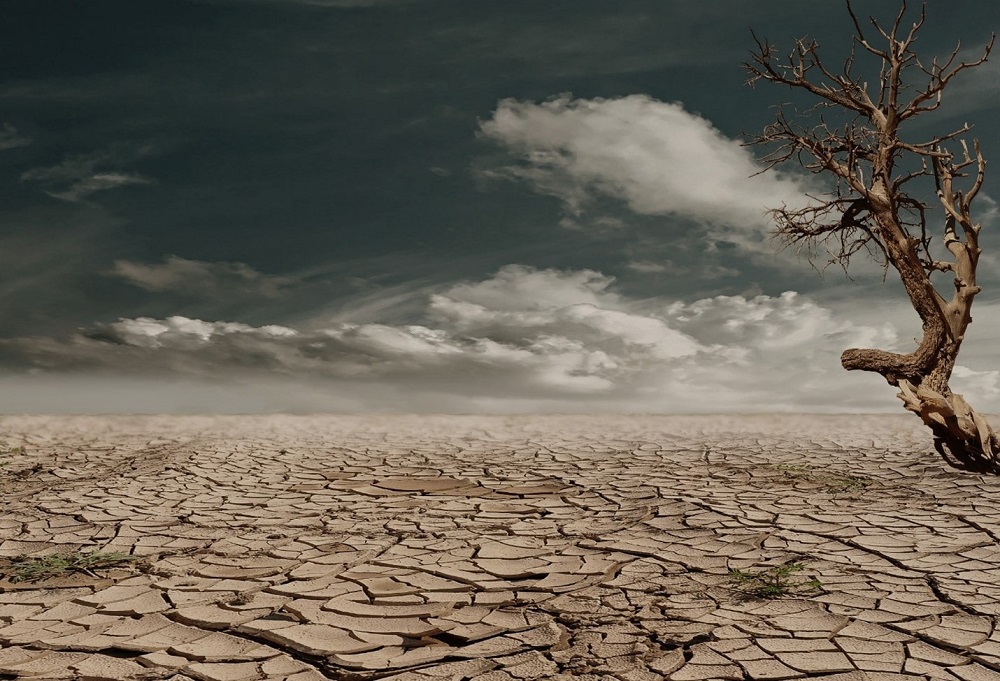
Image source pexel.com
REQUIREMENTS AND CONDITIONS TO EXPORT TO EUROPE.
There are several requirements and conditions to consider before exporting agricultural commodities to Europe. These include;

Image source pexel.com
Import documentation.
Quality standards-most agricultural consumers in Europe are very strict when it comes to what they consume, they are very conscious regarding their healthy eating habits. Quality is the number one priority. The European Union (EU) has formulated food laws that require the exporter to offer guarantees as to compliance with the EU requirements for the food of animal origin.
Competition in the market. Most European countries protect their local agricultural producers by offering protection from external agricultural producers.
Packaging policies.
Maximum residue levels (MRLs). United Kingdom, Germany, Netherlands, and Italy have put in place tougher measures to ensure no crops with high residual chemicals enter the markets.
Rules and regulations.
REFERENCES
- Baylis, K., Nogueira, L., & Pace, K. (2011). Food import refusals: evidence from the European Union. American Journal of Agricultural Economics, 93(2), 566-572.
- Borrell, B., & Hubbard, L. (2000). Global economic effects of the EU Common Agricultural Policy. Economic Affairs, 20(2), 18-26.
- de Visser, C., Schreuder, R., & Stoddard, F. (2014). The EU's dependence on soya bean import for the animal feed industry and potential for EU produced alternatives. Oilseeds and fats, crops and lipids.
- Mitter, H., Techen, A. K., Sinabell, F., Helming, K., Schmid, E., Bodirsky, B. L., ... & Schönhart, M. (2020). Shared Socio-economic Pathways for European agriculture and food systems: the Eur-Agri-SSPs. Global Environmental Change, 65, 102159.
